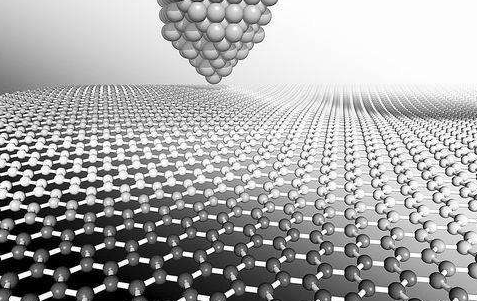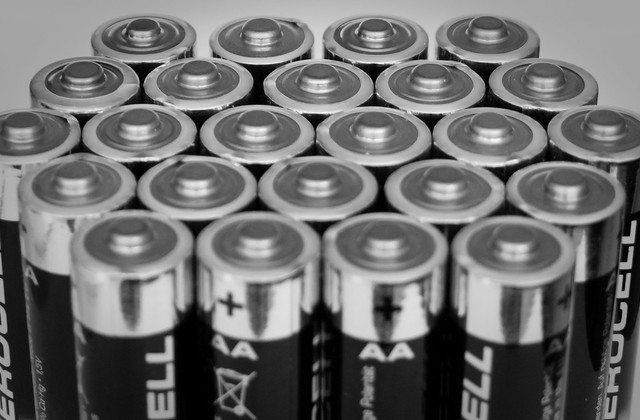Lithium Ion Battery Primary or Secondary Introduction and Replacement
Feb 24, 2020 Pageview:1556
What is a lithium primary battery?
Lithium primary batteries, also known as lithium metal batteries are those batteries that have metallic lithium as an anode. They have a higher charge density (longer life span). Primary Lithium batteries can produce voltages ranging from 1.5V to 3.7V. Primary Lithium batteries are disposable batteries, which means you cannot recharge them. That is the most distinguished character that differentiates primary Lithium batteries from secondary Lithium ion batteries.
Primary Lithium batteries are widely used in most of the portable consumer electronic devices worldwide. They are even used in vehicles and motorcycles. The term Lithium battery refers to the "primary" lithium batteries. In the primary Lithium, battery the amount of Lithium required in manufacturing is 0.15 to 0.3 kg per kWh.
The most common type of primary Lithium batteries that are used in consumer applications has metallic lithium as the anode inside. While Manganese Dioxide as the cathode of the battery. A salt of lithium dissolved in an organic solvent as the electrolyte.
Primary Lithium batteries come in different shapes and sizes. However, the most common size is the small "coin size" type. They are 3 volts and are 20 mm in diameter and 1.6 to 4 mm thick. There are other larger sizes as well as the ones used in digital cameras.
Lithium primary batteries account for approximately 28% of primary batteries sales on the market.
Lithium primary batteries are also widely used in oceanographic applications. While they are more expensive than conventional oceanographic packs, they can hold up to three times the charge "capacity" of the regular alkaline battery packs.
Moreover, Lithium primary batteries can be used instead of regular alkaline batteries in most of the appliances. They offer longer life spans minimizing battery replacement times, which justifies the extra cost.
What is a secondary lithium battery?
While primary Lithium batteries are disposable, the secondary Lithium batteries are rechargeable. Moreover, the secondary Lithium batteries are made from Lithium ion, not pure Lithium. Lithium ion batteries are widely used for almost all portable electronics and electric vehicles. They are growing in popularity amongst military applications andspecial. In these types of batteries, lithium ions move from the negative pole "electrode" throughout an electrolyte to the positive pole "electrode" of the battery during the discharge process. This process is reversed when charging the battery.
In the secondary Lithium batteries "Lithium ion batteries", the anode is the negative electrode and is the part where oxidation takes place during the discharge process. While the cathode is the positive electrode in the cell. During the charging process, the positive electrode becomes the anode of the battery and the negative one becomes the cathode of the battery. The secondary Lithium batteries are becoming more popular day by day. According to statistics, since 2012 an estimated 600 million cylindrical lithium ion cells were produced. The 18650 Lithium ion battery is by far the most popular and commonly used secondary Lithium battery. By 2014, Lithium ion batteries have proved that they are as popular overseas as they are in the United States. That was done when Tesla Company succeeded in shipping 40,000 of its model S electric cars worldwide. These cars contain the 85-kWh Lithium ion battery. They use 7,104 Lithium ion cells totally. As the market shifts more towards Lithium ion batteries "secondary Lithium batteries", production is gradually shifting to producing higher capacity 3000+ mAh cells. According to statistics annual market demand of Lithium, ion batteries exceeded 700 million cells in the year 2013.
Since Lithium element is an extremely active material, water cannot be used as the electrolyte in Lithium ion batteries, instead, a non-aqueous electrolyte is used inside of Lithium ion batteries.
A typical battery pack for each lithium ion cell will contain:
Temperature sensor
Voltage regulator
Voltage tap
Charge state monitor
Mains connector.
These components and designs are made to reduce the risk of short circuits to a minimum.
Lithium ion batteries come in different shapes and sizes. However, they can be divided into four distinctive groups:
Small cylindrical ones, they are the ones that have been used in older generations of laptops.
Large cylindrical ones, they are Li-ion batteries with solid bodies and large threaded terminals.
Flat ones, they have soft, flat bodies like those used inside of cell phones and new generations of laptops.
Rigid ones, they are those that have rigid plastic cases with large threaded terminals, they are mainly used in vehicles.
Will secondary batteries replace primaries?
The last decade has witnessed various industries and sectors switching from primary Lithium batteries to secondary Lithium batteries. Armies and emergency response teams have switched to Lithium ion batteries. That is basically because of the huge advancements in rechargeable technology. Better charge methods and more readily available power sources also contributed to that switch.
The main advantage that makes whole industries switch to secondary batteries is the low internal resistance of those batteries. This allows a high current on demand. Which is essential for digital devices that need high inrush currents like power tools.
Despite the market shifting every day towards secondary batteries, primary batteries are still being used as well. That is due to the fact that secondary batteries have less shelf time (2-3 years) than that of primary batteries (10 years). The other bad thing about secondary Lithium batteries is the high self-discharge rate. This self-discharge increases with temperature as well, that is why Lithium ion batteries perform poorly in hot weather. Moreover, secondary batteries have different aging and wear times. That is due to the fact that every battery has its own chemistry and is different from the other one. The last thing that makes Secondary Lithium batteries inferior to primary ones is that they require extensive maintenance unlike the primary ones, which require minimum maintenance.
In primary Lithium batteries have no charge memory, and the occasional self-discharge is so little compared to the secondary Lithium batteries. All of that disadvantages may make the primary batteries a better choice, however, what would the market favor in the future is still a mystery.
- Prev Article: 18650 Battery Operating Temperature-Effect Analysis
- Next Article: Lithium Ion Motorcycle Battery Problems Problems and Solutions
Leave Message
Hottest Categories
-
Hottest Industry News
-
Latest Industry News












